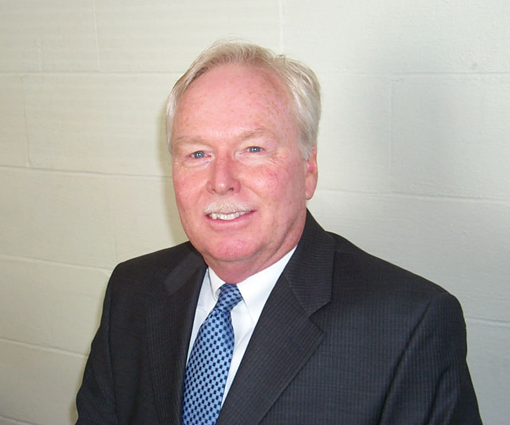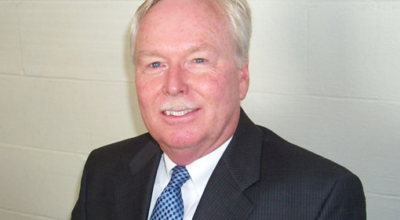Traveling to space is now a $63 million ride
Published 8:28 pm Tuesday, August 16, 2011
Amidst all the other wrangling and rigmarole in Washington, a happening skipped by without too much comment. The television networks made a big deal out of it, but they would make a big deal out of President Obama having a toothache, so they don’t count.
I’m writing about the last of the United States manned space flights. I am pretty sure that the United States is not out of the space business completely, but the air certainly seems to have been let out of our balloons.
For the record, the last of the shuttle flights, our only current means of manned space flights, ended with the landing of the Atlantis shuttle last month. All of them have now been retired unto various space or science museums.
There were five shuttles built: Columbia, Challenger, Discovery, Atlantis, and Endeavor. The Columbia and the Challenger were lost in space accidents, along with their seven member crews.
Now, if we want to join others on the International Space Station, the United States of America — the greatest space exploration nation in the history of the world — will have to hitch a ride on a Russian Soyuz machine at the cost of $63 million dollars. Know what that’s like?
Imagine Henry Ford’s funeral. Imagine if the family couldn’t find a Ford hearse because they had gone out of business and they had to stick their thumb out and carry Mr. Henry to the cemetery using a Chevy. Plus, they had to pay an extra thousand dollars for the Chevy.
Imagine Robert Woodruff, the longtime leader of Coca-Cola, having to serve RC Colas at his daughter’s wedding reception and pay twice as much for the drink. I know that’s reaching a little bit, but not far.
It was way back in the fall of 1957 that this thing called the space race began. I don’t remember too much for I was not even 10 years old, but I do remember that a thing called Sputnik had been launched into space. In retrospect, the launch was more symbolic than scientifically powerful.
It had the effect, though, of scaring our country. It startled us into the realization that our enemy, the Soviet Union, was serious about world power. I am sure we were working diligently on some kind of space program, but to see clearly that an enemy was making greater advances might have shaken us up.
Russia was a big, bad bully way back then. Or at least that was the way we were taught to view them. One of the most enduring remembrances of those times was the newsreel of their premier, Nikita Khrushchev, pounding the podium at the United Nations and screaming that his country would bury us.
It’s hard to imagine today the kind of animosity that we Americans had toward the Russians. People my age, and older, can remember it. There was no physical war or fighting going on, but there was what is recalled as the Cold War. To us, it was real.
When they sent Sputnik into space, none of us knew the difference between a lower earth orbit and going to the moon or Mars. All we knew was that the Russians had gone into space and that proved that they were ahead of us. America went to work to make up the difference.
There is a lot of difference between then and now. The lack of confidence and leadership that we are experiencing as a nation these days is like night and day from those days. We were not going to let Russia beat our time.
A few years after Sputnik, they beat us again. I still remember the name Yuri Gagarin. It’s funny how I can’t remember a name of someone I met this morning, but I can pull a name like Yuri Gagarin out of the mothballs of my mind pretty easily. He was the first man to journey into outer space. Gagarin completed the first orbit of the earth by man or woman in April 1961.
We got on the board, speaking in sports jargon, the next month. On May 5, 1961, American astronaut, Alan Shepherd, sat in a tin can (my description after I saw it on a visit to Cape Canaveral) that was shot into space by a Redstone rocket. As I researched these facts, I enjoyed a quote from Shepherd contained in a book by the name of Failure Is Not an Option.
Reporters asked America’s first man in space what he thought about as he sat upon the rocket that would launch him into space. He replied, “The fact that every part of this ship was built by the low bidder.” I thought that was interesting and funny.
Soon after Shepherd’s flight on May 25, our President John Kennedy gave a speech before a joint session of Congress that contained a very confident, but risky statement. The United States had been embarrassed by the Soviet Union. The most liberated and prosperous nation on the planet had been upstaged by an aggressive communist bloc. Kennedy boasted of a dramatic and ambitious goal that by the end of the decade, less than 10 years, the USA would place a man on the surface of the moon.
We did it! On July 20, 1969, Apollo 11 commander Neil Armstrong stepped off the lunar module and into the history books with his “one small step for man, one giant leap for mankind.” That grainy film footage and scratchy audio was seen by a worldwide audience and proof positive of the American spirit.
Ever since, we have been the world’s leader in space exploration. With that, and a couple of bucks, maybe you can get a cup of coffee at Huddle House. I am certain that we have gained lots of scientific benefit from our space program and I liked being number one.
That’s why it sticks in my craw to think that, as of right now, the United States of America has to thumb a ride on somebody else’s space ship. And of all people, the Russians!



